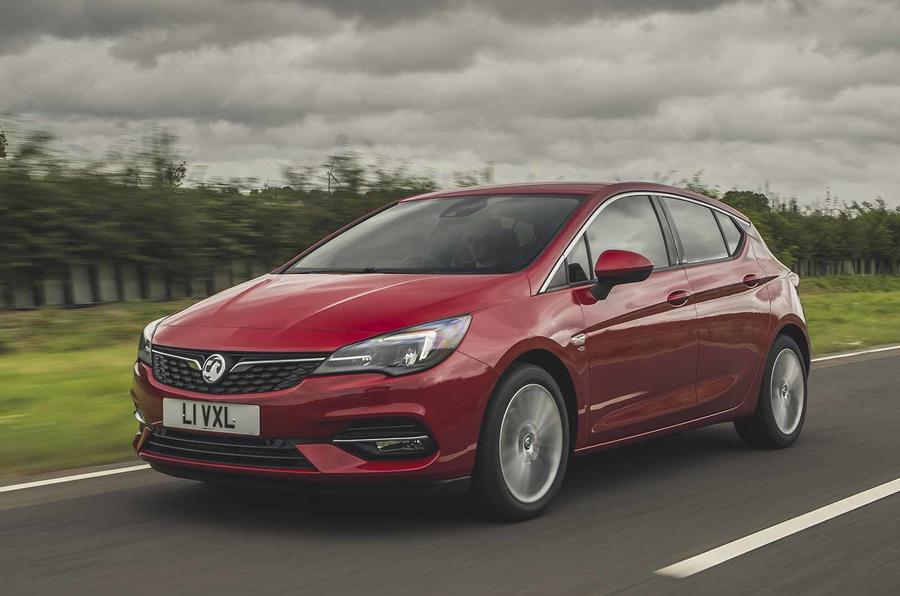You might be surprised to learn that F1 racer Lance Stroll is mulling the purchase of a Vauxhall Astra. That’s a showroom stock Astra, not a BTCC racer, nor even an Astra VXR.
If he buys one, it will join the collection of cars he has raced in his career to date, which are housed in his Canada home country. Why the desire for an Astra? Because this is the car that race tutor Rob Wilson uses to tutor IndyCar, DTM, NASCAR, WRC and World Endurance Championship drivers at the Bruntingthorpe airfield in Leicestershire.
Stroll is one of many top-flight drivers to have used Wilson’s services, and considers the Vauxhall a part of his driving history. Wilson says that he also likes ‘the Astra’s handling balance’. If Stroll does place an order, he’d do well to make it for this latest facelift version, whose chassis revisions work particularly well with the 143bhp version of its totally new 1.2 three cylinder turbo engine, of which more shortly.
New engines, petrol and diesel, are the big news for this Astra facelift, work on these new motors already well under way when Vauxhall and Opel were still part of the General Motors empire. Despite PSA having its own range of engines it has seen the programme through, the result being two new families of all-alloy petrol and diesel triples. The 1.2s are offered with 108bhp, 128bhp and 143bhp, their identical CO2 and fuel consumption figures confirming that these differences are achieved merely with software changes rather than modifications to the engines themselves. These twin cam petrol triples are all direct injection with variable valve timing, have particularly low internal friction and are claimed to provide good transient throttle response. There’s also a torquier 143bhp 1.4 petrol turbo triple, with balancer shafts, that comes only with a new 9-speed torque converter automatic gearbox, this transmission also being available with the 120bhp 1.5 diesel. Both this diesel and the 103bhp version are unusual for providing less power than their 108bhp and 134bhp forebears. But all these engines comply with Euro6d emission regulations, and score CO2 reduction of as much as 21 percent.

























